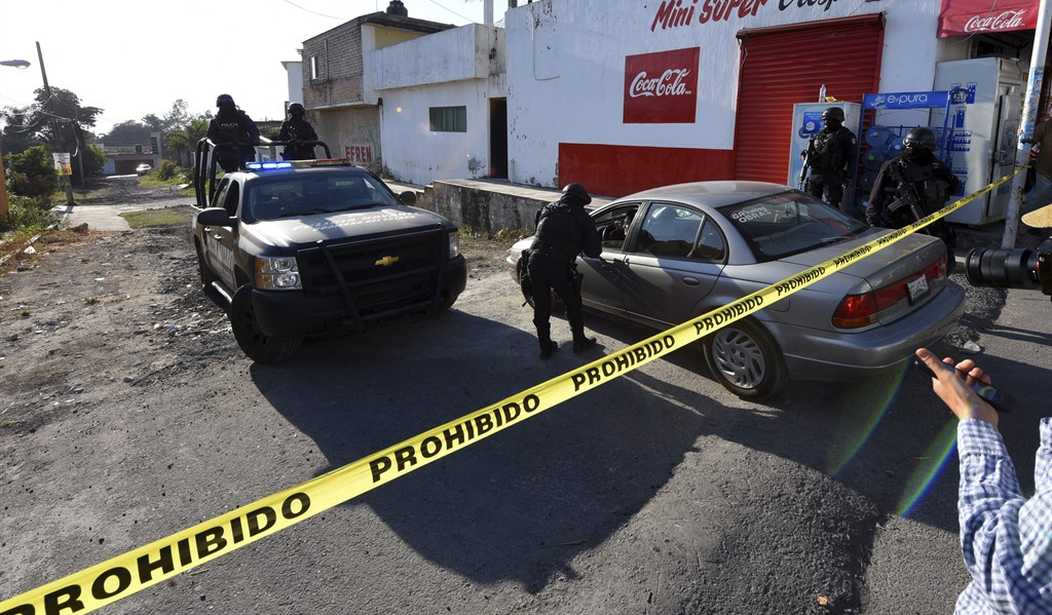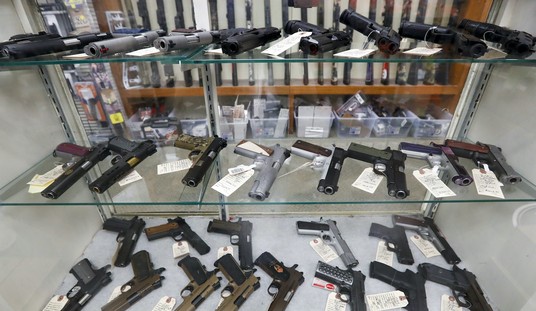Earlier today, Cam wrote about the Mexican data breach. Honestly, there's a lot going on there and I'll refer you to Cam's piece for details.
I'm not really going to delve into any of that.
Instead, let's look at the information revealed, because there are some interesting facts.
First, let's look at the total number of guns stemming from US sources and the total number of guns that Mexican authorities attempted to trace.
According to USA Today, 24,221 guns were recovered from US gun sales, both conducted in the US and imported. That's an interesting expression because "imports" suggests lawful imports. In other words, guns that went through the entire process to be exported to Mexico for sale to military or police agencies or perhaps for sale in the nation's one legal gun store.
How many of the guns were originally for Mexican authorities and how many were illegally trafficked to Mexico? The infographic from USA Today doesn't say.
However, what we do know is that those 24,221 firearms were just a part of the 78,000 total guns. That's less than a third of the total firearms.
Maybe it's just me, but the way both Mexican and US officials talked about the issue, I was led to believe that the majority of firearms recovered came from American sources. If more than two-thirds come from elsewhere, that creates a conundrum for those who support Mexico's lawsuit against American manufacturers.
After all, if we're the source of the problem and we somehow manage to cut all illegal trafficking of guns south of the border, what's to stop the cartels from simply filling that void by turning to the sources of the other two-thirds of their firearms?
I'm not saying that we shouldn't at least try to cut down on illegal exports, but it's also clear that Mexico's problems go well beyond American guns being trafficked south.
And, interestingly enough, USA Today has the most popular guns among the Mexican criminal underclass.
For values of "popular," anyway.
The number one gun for the cartels? The Anderson Arms AM-15.
The grand total of these guns recovered? Just over 500. That's from 2018 to 2020 versus in a single year.
That's right. The most popular gun recovered by Mexican authorities, the one that the cartels supposedly want above all others, accounts for just a smidge over two percent of the guns.
Also of interest is that Anderson Arms isn't included in Mexico's lawsuit against various gun manufacturers. Three of those included are, however, among those with popular models. One is a Century Arms AK-style rifle. Colt is as well, and their Government model 1911 has been recovered a whopping 485 times
The other is Smith & Wesson. They, too, have a gun that is supposedly popular with the cartels. It's not the M&P pistol or rifle, either. No, it's the venerable Model 10.
That's right, a revolver that was a police staple for decades but started to become less and less popular as semi-automatics became more prevalent.
The Jennings J22 is another listed as one of the most popular, but like Anderson Arms, they're not included in the lawsuit.
Funny, that.
Now, here are the big takeaways and none of them look that good for Mexico, in my opinion.
First, none of these guns account for even a large percentage of the guns recovered. What that suggests is that the cartels aren't buying guns based on preference but simply what they can get their hands on. If the companies were willing to break federal law to arm the cartels, you'd think they'd do so in sufficient enough quantities to make it worth their while. There's zero indication of that.
Second, look at the supposedly preferred Smith & Wesson gun. The Model 10 is what my dad carried every day as a cop until his department started issuing firearms in the early 1990s. Again, if the cartels were just walking into gun stores to buy guns, why would they buy a revolver that while still on the market is anything but a preferred model?
With the Jennings, it's a J22. It's a .22 caliber handgun that can be bought cheaply, which makes them attractive to many criminals, but most criminals don't have the deep pockets of a drug cartel. It also has a reputation of being one of the jankiest guns ever produced. You'd think they'd be more discerning in their selections.
All of this paints a picture that the cartels aren't just walking into gun stores and buying what they want. Instead, they're taking advantage of what they can get their hands on. That means straw buys aren't as easy as the Mexican government seems to be suggesting.
Instead of sending people into stores to buy Glock 19s, Government model 1911s, AR-15s, and AKs, they're getting cheap ghetto guns, nostalgic wheel guns, and a grab bag of pretty much everything else they can get away with.
And again, that's less than a third of the total firearms "recovered or traced," according to USA Today.
If American guns evaporated tomorrow, Mexico would still be tilting closer to failed state status. It's not the guns that are the issue. It's the rampant corruption and the ineffectual nature of its government that is the problem.
No lawsuit is going to change that.








Join the conversation as a VIP Member